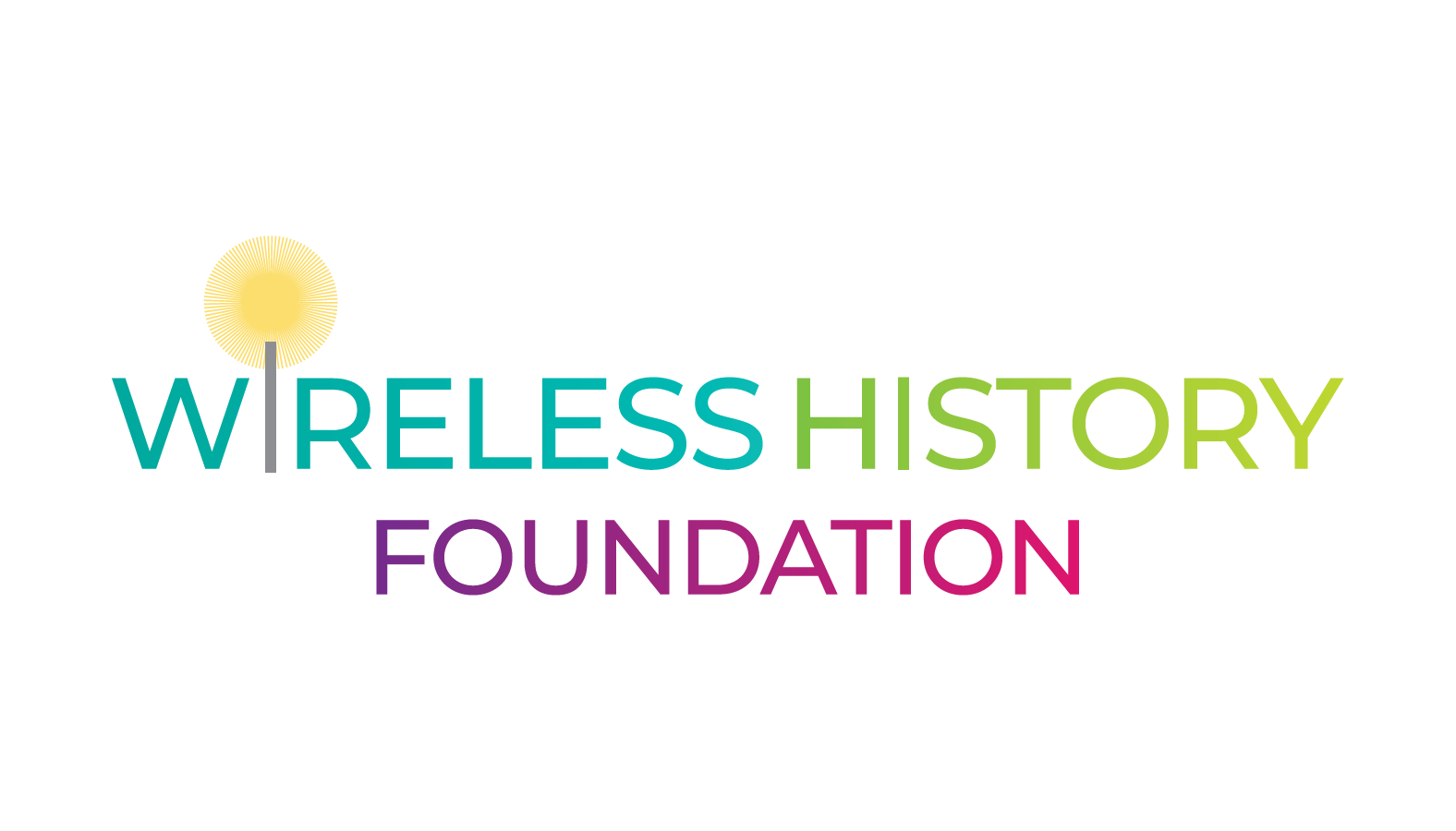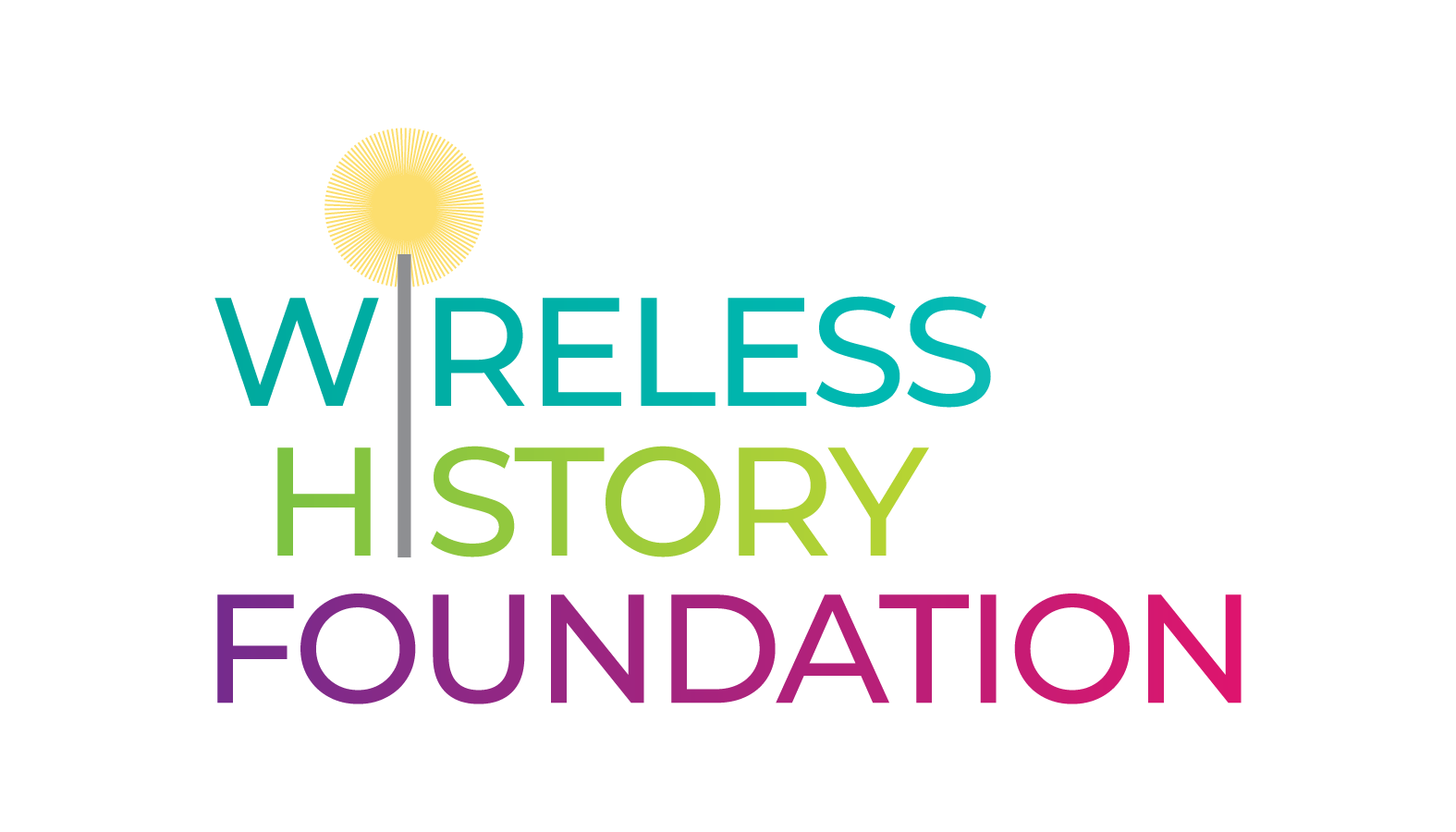Following the introduction of cellular service in Chicago in October 1983 and Washington/Baltimore in December 1983, the deployment of cellular systems picked up speed in 1984. The Federal Communications Commission (FCC) continued to wrestle with volumes of data from the top 90 markets, repeating cycles of pleadings and petitions, and revised licensing procedures in the form of lotteries. The competing applicants themselves were forming alliances with the goal of settling market ownership to extricate themselves from extended regulatory proceedings or winner-take-all lotteries.
Meanwhile, in June of 1984, the FCC had initiated a separate proceeding looking at how to divide the 20 MHz known as the “Land-Mobile Reserve” among vying communications services. With only 14 systems operating in 10 markets at the time, the industry was called on to justify why additional spectrum was needed for the new cellular mobile services. One industry executive likened this request to asking a baby what size tuxedo it would need as an adult. This was also the first in a long line of battles for additional spectrum that the industry would face over the next three decades.
By the close of 1984 cellular service was available in 27 markets, five of which had service from both carriers. These early cellular systems were for voice traffic only, and were designed primarily for phones installed in cars. Handheld devices were not widely available and did not become popular until the size and price dropped significantly in the late 1980s and early 1990s. Non-voice applications arrived later as digital technologies expanded network capabilities.
As 2014 unfolds, the Wireless History Foundation will use this space to highlight key developments from 30 years ago. If you have stories from those days as well, please share them with us.

